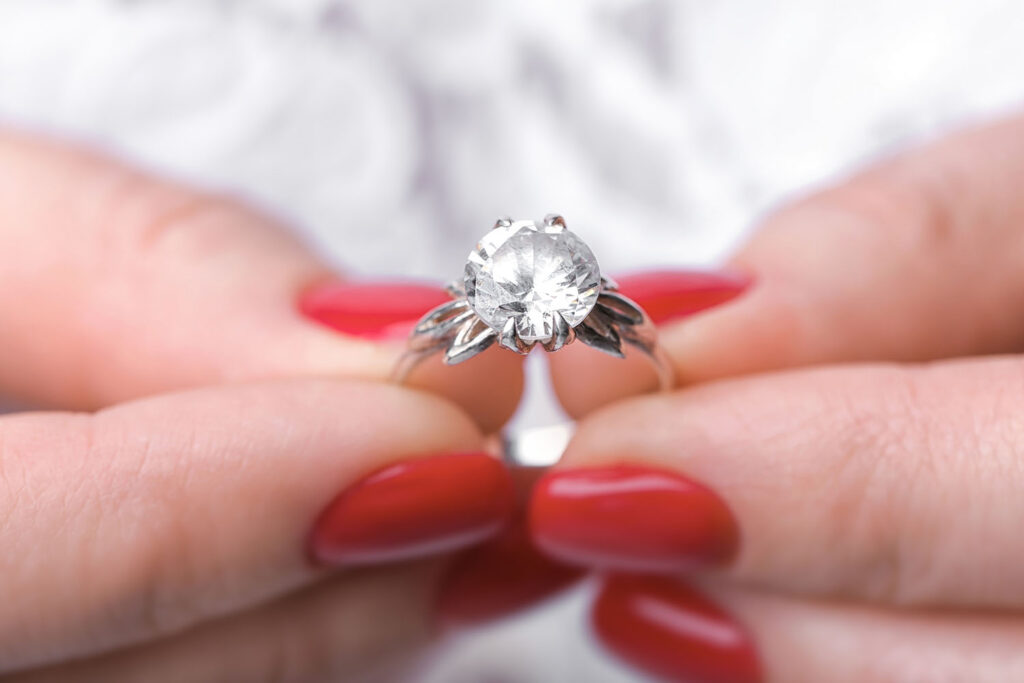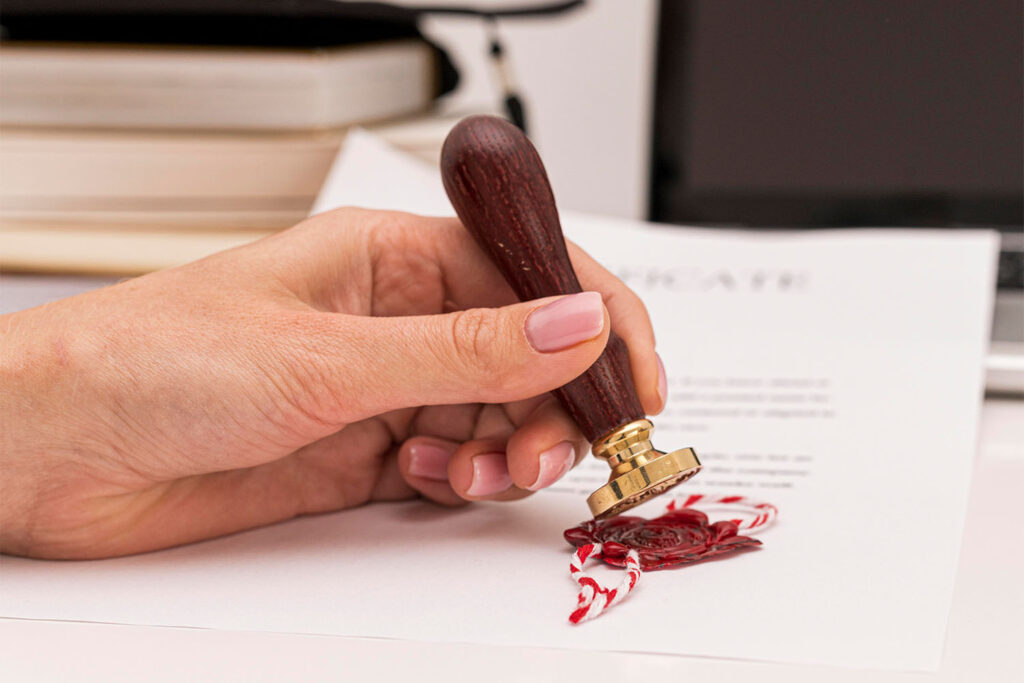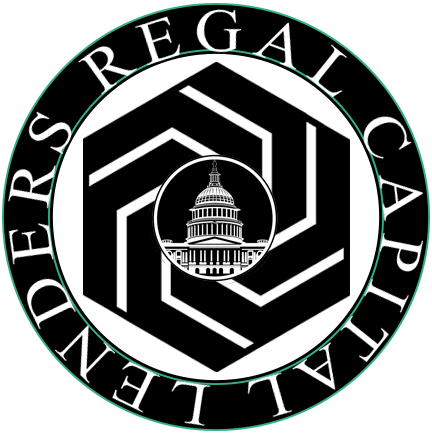Understanding Diamond Certification: A Guide for Sellers

In the diamond business, knowing your stuff is super important, especially for people buying diamonds. As a seller, proving that your diamonds are top-notch can help you sell more. This guide is all about explaining diamond certification in an easy-to-understand way. It’ll help sellers like you feel more confident and make diamond buyers feel good about their purchases.
Diamond certification is like a trust badge in the diamond world. For diamond buyers, it’s not just about getting a pretty diamond; it’s about making sure it’s real, high-quality, and worth the money. When sellers understand diamond certification, they can show diamond buyers that their diamonds are the real deal, which builds trust and keeps customers happy. Let’s read more.
What is Diamond Certification?
Diamond certification is akin to a comprehensive dossier for diamonds, meticulously crafted by an impartial laboratory. It meticulously evaluates the four critical aspects of the 4Cs: carat (weight), cut, color, and clarity. However, it’s crucial to note that different laboratories may apply varying standards and methodologies in their assessments, resulting in differences in the grading reports.
This certification plays a pivotal role in determining the value and pricing of a diamond. Yet, due to the divergence in grading standards among labs, comparing prices across different certificates can take time and effort. Hence, opting for a reputable grading entity like SGL and thoroughly examining the diamond before finalizing a purchase is advisable.

Certified diamonds also boast a discreet inscription along the girdle, often in the form of a microscopic laser etching. This unique identifier serves as a fail-safe mechanism, facilitating easy identification of the diamond without accompanying paperwork. Essentially, the synergy between diamond certification and girdle inscription reinforces the buyer’s confidence by providing comprehensive information and ensuring transparency in the transaction. [1]
Key Elements of a Diamond Certificate
Even if you’re not a diamond expert, deciphering a diamond certificate is within your grasp. By focusing on specific elements, you can gain valuable insights into the quality and characteristics of your diamond. However, when in doubt, seeking advice from a professional is always a wise move, ensuring confidence in your purchase.

1. The Certificate Number:
At the heart of every diamond certificate lies a unique identifier—the certificate number. This exclusive number is your diamond’s fingerprint, providing essential information about its traits and characteristics. You can easily trace your diamond’s journey and authenticate its identity by referencing this number.
2. Understanding the 4Cs:
The cornerstone of diamond assessment, the 4Cs—color, carat, clarity, and cut—offer a comprehensive framework for evaluating diamond quality. [2]
- Color: Rated on a scale from D to Z, with D representing colorless and Z indicating a yellowish hue, the color grade determines the diamond’s purity and brilliance.
- Carat: Often mistaken for size, carat denotes the weight of the diamond, with 1 carat equivalent to 0.2 grams. Understanding carat weight aids in gauging the diamond’s presence and value.
- Clarity: Graded from FL (flawless) to I3 (very much included), clarity assesses the presence of imperfections within the diamond. A higher clarity grade signifies greater purity and rarity.
- Cut: Ranging from Excellent to Poor, the cut grade evaluates the diamond’s proportions, symmetry, and brilliance. A well-cut diamond reflects light beautifully, enhancing its overall allure and value.
3. Additional Details:
Beyond the 4Cs, several supplementary factors contribute to a diamond’s allure and uniqueness.
- Polish: Reflecting the smoothness of the diamond’s facets, polish quality influences its brilliance and sparkle.
- Symmetry: Precision in shaping and facet alignment defines a diamond’s symmetry, enhancing its visual appeal and symmetry.
- Fluorescence: Referring to the diamond’s glow under ultraviolet light, fluorescence can affect its appearance and value, with varying degrees of fluorescence observed.
- Inscription: Engraving the certificate number on the diamond’s girdle is a reliable means of identification, ensuring transparency and authenticity.
4. Insights and Transparency:
Diamond certification is a gateway to informed decision-making for sellers and diamond buyers. Certified diamonds instill confidence and trust in the market by providing objective assessments and unbiased evaluations. With transparency as its cornerstone, diamond certification fosters equitable transactions, empowering all stakeholders with valuable information and assurance.
What to Look for in a Diamond Ring Certification
When you’re in the market to sell diamond ring near me, understanding the nuances of diamond certification is crucial. Amidst the myriad of grading reports from different entities, consistency is a paramount factor to consider.

Rather than fixating solely on the strictness of grading, it’s imperative to seek out consistency within the reports of a single entity. This means looking beyond the individual grades and focusing on the overall trend maintained by a particular lab.
1. Consistency is Key:
Comparing grading reports from various laboratories can be daunting, given the divergent parameters each employs. However, instead of scrutinizing individual grades, look for coherence within a single entity’s reports.
If a lab consistently assigns higher grades for a specific aspect, such as clarity, it doesn’t necessarily denote a lack of authenticity. It underscores the importance of understanding the grading patterns of each lab to discern genuine quality. [3]
2. Understanding Subjectivity:
In dispelling misconceptions, it’s essential to recognize that diamond grading is inherently subjective. Each laboratory has unique criteria for determining grade ranges, contributing to variations across reports.
To navigate this subjectivity effectively, placing trust in reputable entities and evaluating their standing in the market becomes imperative. By doing so, you can ascertain the reliability of the grading process and make informed decisions.
3. Different Certifications, Different Results:
One of the most critical aspects of diamond certification is acknowledging the diversity in results across different laboratories. With the freedom to establish individual grading methodologies, labs may exhibit leniency in certain aspects while maintaining stringency in others.
Understanding the nuances of each certification entity empowers you to validate the accuracy of the diamond’s value as depicted on its certificate. This knowledge serves as a safeguard against potential discrepancies and ensures transparency in your transaction.
4. Prioritizing Value:
While the reputation of the certifying lab holds significant weight, it’s equally vital to assess the diamond’s price and quality. Justified pricing is essential, ensuring the diamond’s certified quality aligns with its observable attributes.
Moreover, seeking expert guidance can provide invaluable insights, especially if doubts arise regarding the diamond’s authenticity or quality. By prioritizing value over certification alone, you can make informed choices and secure a diamond sale that meets your expectations and budgetary considerations.
Considering these factors when seeking to sell diamond rings near you ensures that you navigate the certification process with clarity and confidence. Whether examining grading reports or assessing the diamond’s value, prioritizing consistency, understanding subjectivity, acknowledging divergence, and balancing price and quality are critical to making informed decisions in the diamond market.
How to Verify Your Diamond Certification
If you’re curious about whether your diamond is certified, there are several methods you can employ to check its certification:

1. Locate the Certification Number:
The certifying agency assigns each certified diamond a unique identification number. This number is typically laser inscribed on the diamond’s girdle. Using a magnifying glass, carefully examine the diamond to find this certification number.
2. Check the Certification Agency’s Website:
Many certification agencies provide an online database where you can validate the authenticity of a diamond’s certificate. Simply visit the agency website that issued the certificate and follow their instructions for verifying the certification. Enter the certification number into the designated area and await the results. [4]
3. Inspect the Physical Certificate:
If you possess the physical certificate, closely examine its details. Check for the certifying agency’s logo, the certification number, and the diamond’s characteristics listed on the certificate. Ensure that the information on the certificate matches the physical attributes of the diamond.
By following these steps, you can confidently verify the authenticity of your diamond’s certification, ensuring that you’ve acquired a genuine and top-quality diamond with assistance from Regal Capital Lenders.
Wrap Up
In conclusion, verifying the certification of your diamond is a crucial step in ensuring its authenticity and value. By locating the certification number, checking the certification agency’s website, and inspecting the physical certificate, you can confidently confirm the legitimacy of your diamond’s certification.
At Regal Capital Lenders, we understand the importance of transparency and authenticity in diamond transactions. Our commitment to providing reliable and trustworthy services ensures that our clients can confidently verify the certification of their diamonds, knowing they’ve made a secure investment with our assistance. Contact us for more details.
FAQs
1. Which certification is best for diamonds?
GIA is often seen as the gold standard for diamond grading and has widely respected certificates. However, IGI and GIA offer reputable diamond certification services, providing consumers with reliable options.
2. Does a diamond certificate matter?
Diamond certificates matter significantly because they provide essential information about a diamond’s quality and value. With them, accurately assessing characteristics like clarity, color grade, and carat weight becomes easier, making it easier for diamond buyers to make informed decisions.
References:
